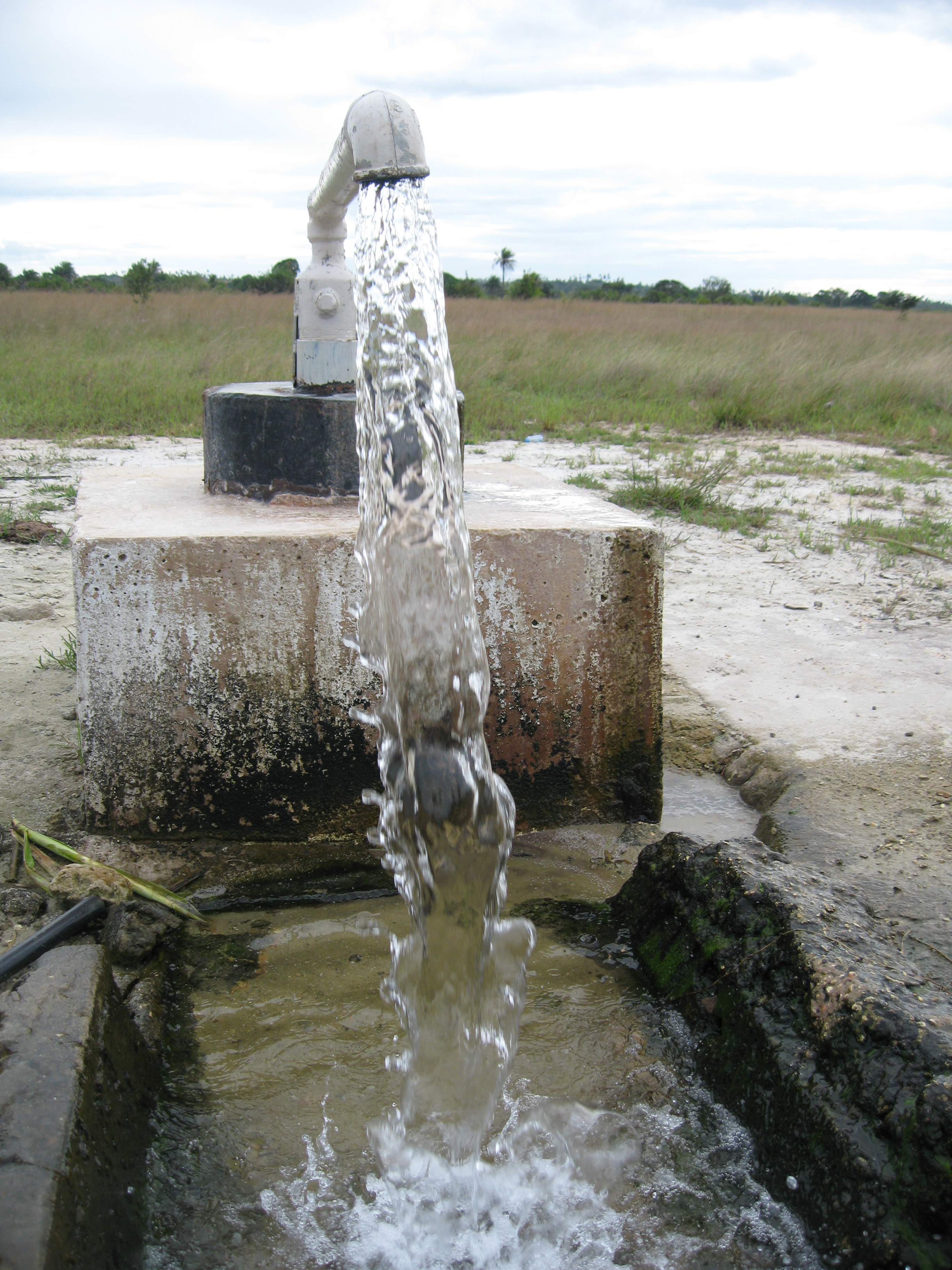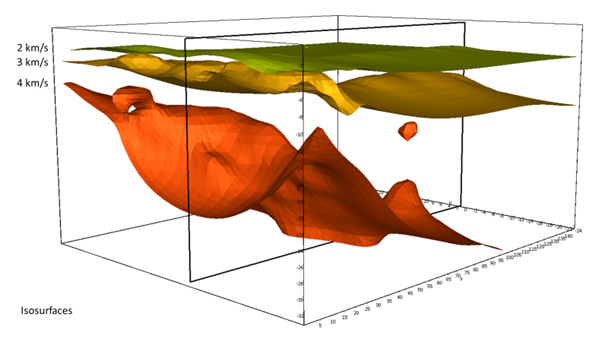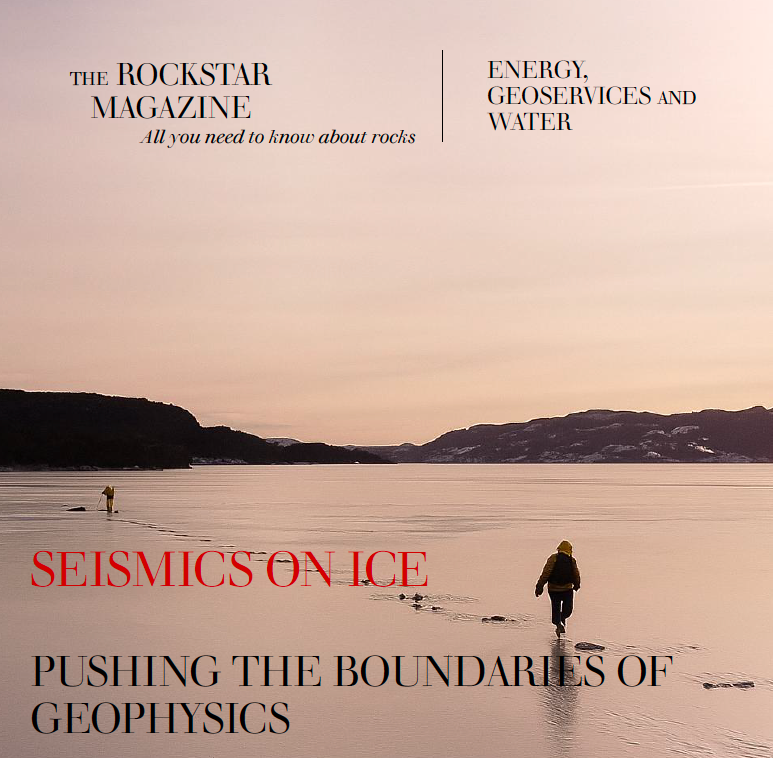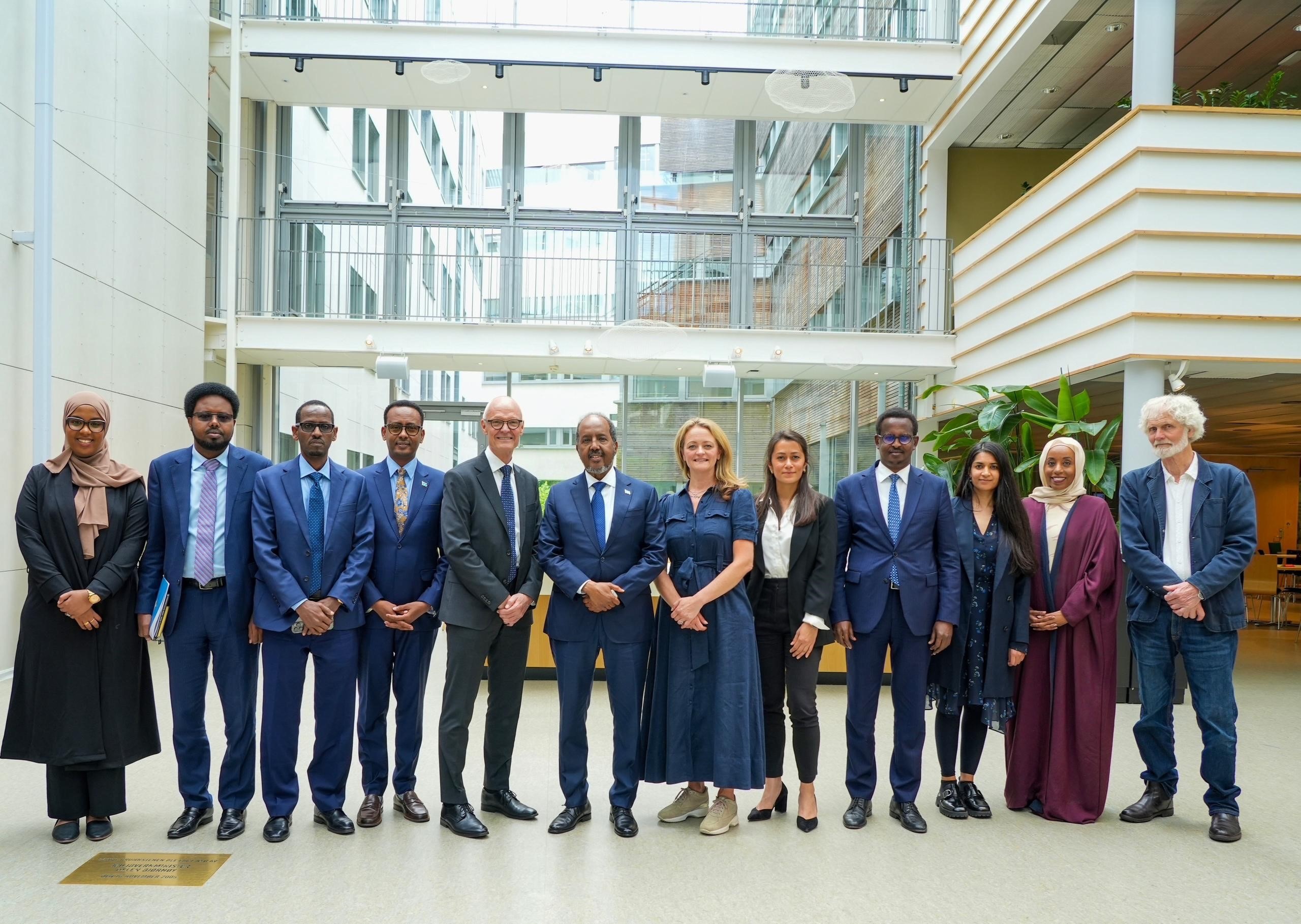Groundwater is a critical resource, supplying 50% of the global drinking water and 25% of the water used in agriculture (UNESCO, 2022). It is typically explored at shallow depths, down to a maximum of 400 meters, and serves as the primary drinking water source in many regions, including Somalia, Libya, Egypt, Yemen, Namibia, Switzerland, and parts of Western and South Australia.
Groundwater is water stored beneath the Earth's surface in the pore spaces of soils, sediments, and fractured rock formations, known as aquifers. Groundwater is not exclusively freshwater. Depending on the solids dissolved in it, it can be classified into three main categories:
- Freshwater: Groundwater with a TDS of less than 1,000 mg/L (1 g/L). This is the most suitable for drinking and most domestic uses.
- Brackish Water: Groundwater with a TDS ranging from 1,000 to 10,000 mg/L. This type of groundwater is too salty for drinking without desalination but may still be used for some industrial or agricultural purposes.
- Saline Water: Groundwater with a TDS of more than 10,000 mg/L. This water is considered too salty for most uses without significant desalination. For reference, the average salinity of seawater is approximately 35,000 mg/L.
In the context of water scarcity, groundwater generally refers to the fresh or slightly brackish categories that can be treated and used.
But how does groundwater form? Groundwater forms when precipitation seeps into the Earth’s surface, percolating through soil and rock until it reaches the saturated zone where it accumulates in porous spaces or fractures. Known as aquifers, these permeable and porous rocks can store and allow the flow of water for days, centuries, or hundreds to millions of years, depending on their hydrogeological characteristics.
What is deep groundwater? Groundwater can travel far distances—hundreds of kilometers—within rock, for long periods, sometimes up to millennia. It can also reach depths far beyond the typical 400 meters while remaining freshwater, forming what we refer to as deep aquifers. Deep groundwater typically occurs in sedimentary basins—geological formations that develop through the long-term accumulation of sediments in subsiding regions of the Earth's crust.
How much of it do we have? Estimates suggest that coastal sedimentary basins globally may store around 1.06 ± 0.2 × 106 km3 of fresh water (Zamrsky et al., 2022). To put this into perspective, this volume could supply approximately 1.45 billion people for 10,000 years, assuming each person uses 200 Liters per day. This includes water for drinking, cooking, hygiene, and sanitation. Yet the precise volumes of freshwater and the conditions under which it can be sustainably extracted remain topics of active research.
In 2007, Ruden discovered the coastal aquifer, Kimbiji, in Tanzania, an aquifer that extends offshore and has the capacity to supply two million people with freshwater (Ruden, 2007). Kimbiji marked a significant advancement in the understanding of deep groundwater resources in East Africa. This was achieved using a systematic approach known as "the search model," which involved reinterpreting vintage data from the oil industry. Following this success, Ruden adapted the search model for Somalia at a national scale, identifying promising deep groundwater reserves in critical areas (Quiroga et al., 2022). The study reveals Somalia and eastern Ethiopia contain over 1,000 km³ of total groundwater reserves, with ~15 km³ being sustainably extractable fresh to slightly brackish water, as it recharges from rain. Conservative utilization of just 3.75 km³/year (25% of the extractable volume) could provide a permanent, drought-resilient water supply for 50 million people at 200 L/day per capita - requiring minimal or no treatment.
Expanding on this work, Ruden’s team has since initiated dialogue with Kenya and Madagascar to apply the same model, potentially unlocking new water security solutions for drought-prone regions.
Ruden's work is not limited to locating deep groundwater. The company is also focused on assessing the economic viability and, more importantly, the sustainability of these deep aquifers. Under the right conditions, such as recharge through meteoric water on short and long-term scales, deep groundwater can be a resilient and reliable resource.
Ruden's approach emphasizes sustainable management—balancing extraction with natural replenishment—ensuring that these water reserves remain viable for future generations. As highlighted in EOS (Bertoni, 2025), if properly managed, deep groundwater can be a sustainable and economically viable source of freshwater, even in water-scarce regions.
References:
- Bertoni, C. (2022). Deep Groundwater Might Be a Sustainable Solution to the Water Crisis. EOS. Deep Groundwater Might Be a Sustainable Solution to the Water Crisis - Eos
- Quiroga, E., C. Bertoni, and F. Ruden (2023), Deep low-salinity groundwater in sedimentary basins: Petrophysical methods from a case study in Somalia, Hydrogeol. J., 31, 685–705, https://doi.org/10.1007/s10040-022-02589-z
- Ruden, F. (2007), The discovery of a regional Neogene aquifer in coastal Tanzania, in Coastal Aquifers: Challenges and Solutions, vol. 1, pp. 363–372, Inst. Geol. y Minero de España, Madrid.
- UNESCO. (2022). World Water Development Report.
- Zamrsky, D., Oude Essink, G. H. P., Sutanudjaja, E. H., van Beek, L. P. H., & Bierkens, M. F. P. (2022). Offshore fresh groundwater in coastal unconsolidated sediment systems as a potential fresh water source in the 21st century. Environmental Research Letters, 17(1), 014021. https://doi.org/10.1088/1748-9326/ac4073



